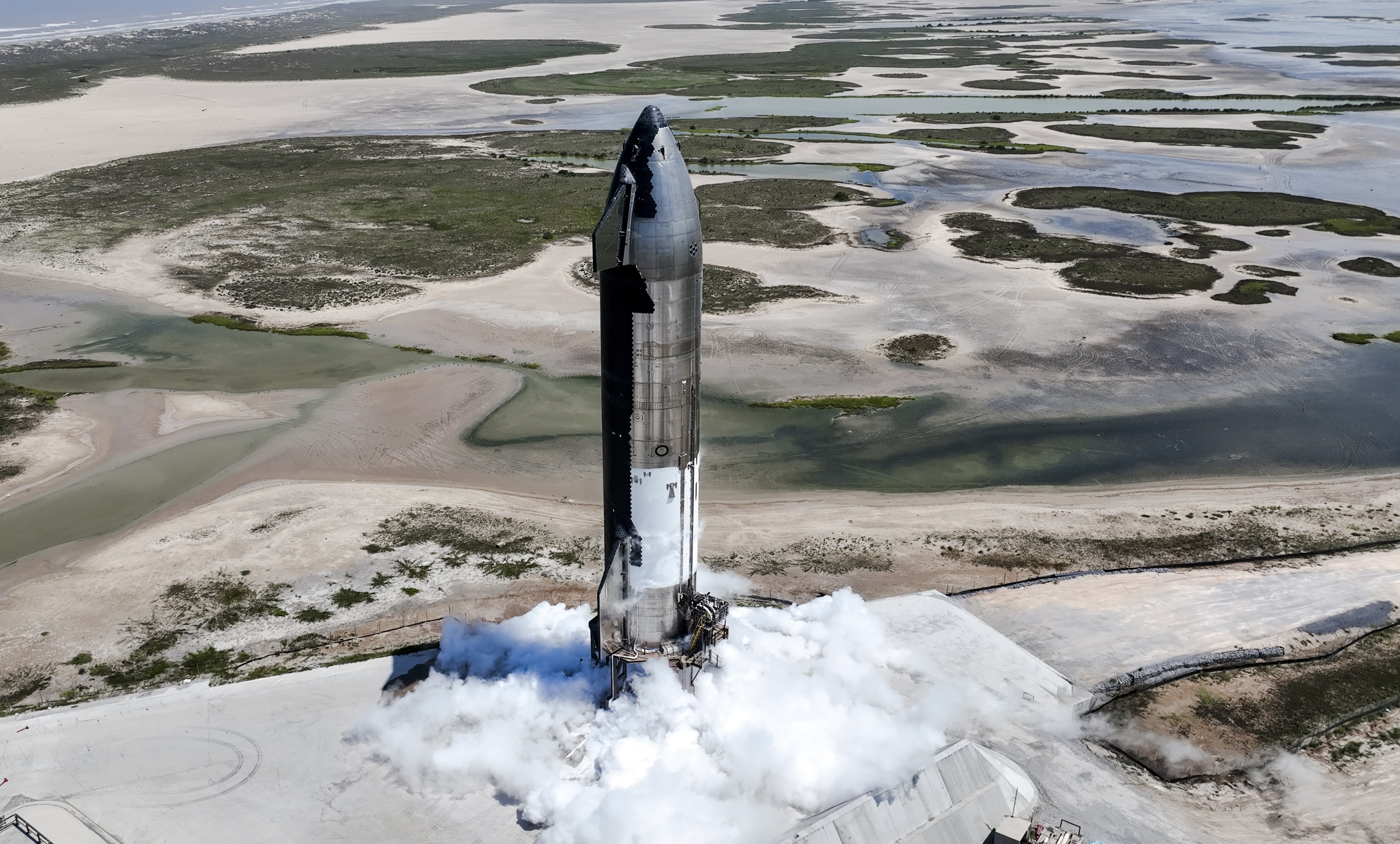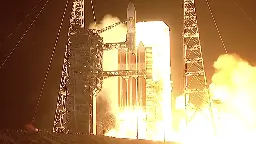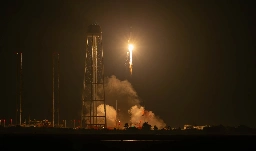"It is better to not do it than to torch the whole science community."

TL;DR ver
- The total cost is expected to be at least $10 billion.
- The development cost of the Mars Sample Return is now between $8 to $9 billion.
- The other billion or two in costs are for launch, the five years of operations, and the construction of new facilities for storing and studying the samples.
About the mission
> NASA's Sample Retrieval Lander would touch down on Mars and remain in place to receive a diverse collection of scientifically curated samples of Martian rock already collected and cached by NASA's Perseverance rover.
> The lander would be the first ever to bring along a rocket — NASA's Mars Ascent Vehicle — and two helicopters, to help achieve the goal of bringing the samples safely to Earth for study.


SpaceX launched 56 Starlink satellites on Friday. The company also has more than 50 launches scheduled for the second half of the year, which would put it close to 100 total launches this year.
You can get a detailed list of the year's launches on Wikipedia:

Ship 25 completed a flight-like chill and spin of the Raptor engine pumps, stopping just before engine ignition. As a result of the test, cryogenic liquid oxygen formed a visible cloud beneath the ship. This checked out vital systems in advance of the upcoming static fire.
ULA’s Delta 4 Heavy launches classified spy satellite

> United Launch Alliance launched a classified National Reconnaissance Office spy satellite on a Delta 4 Heavy rocket June 22 at 5:18 a.m. Eastern from Space Launch Complex-37 (SLC-37) at Cape Canaveral Space Force Station, Florida.
> NROL-68 is the Delta 4 Heavy’s 15th and penultimate launch before its expected retirement.
The final launch of the rocket is scheduled for early next year.


> India has decided to join the Artemis Accords, which brings like-minded countries together on civil space exploration, and NASA and ISRO have agreed to a joint mission to the International Space Station in 2024, the White House said Thursday (June 22).
> In addition, NASA and ISRO have agreed to a joint mission to the International Space Station in the year 2024, said the official who spoke on condition of anonymity.
> During a ceremony at the Ecuador embassy in Washington on Wednesday, Ecuador became the 26th country to sign the Artemis Accords
> The Artemis Accords is a non-binding multilateral arrangement between the United States government and other world governments participating in the Artemis program, an American-led effort to return humans to the Moon by 2025, with the ultimate goal of expanding space exploration to Mars and beyond.


A Chinese alternative to the United States' Artemis program, the International Lunar Research Station (ILRS), is gaining traction among some countries according to this Takungpao article:
> It is reported that the international lunar scientific research station proposed by China and jointly built by many countries has received positive responses from many countries. Russia, Pakistan, the United Arab Emirates and the Asia-Pacific Space Cooperation Organization (APSCO) have signed contracts to join, and more than ten countries and organizations are negotiating agreements. (据悉,由中国提出,联合多国共同建设的国际月球科研站目前已得到多国积极响应,俄罗斯、巴基斯坦、阿联酋和亚太空间合作组织等已签约加入,还有十馀个国家和组织正在协议谈判中。)
I'm not sure if this is really new information though, because a similar thing was said two years ago, so I ended up not posting anything about it. Since then I noticed that it's become a heavily commented on SpaceNews article, so I figure that maybe I should make a post about it.
That said, the real news might be that there could be a signing of the ILRS Cooperation Organization (ILRSCO) in October according to this Weibo post (via Cosmic_Penguin on Twitter). The ILRSCO is the organization that will coordinate and manage the Moon base.
Operating under a veil of secrecy pierced only by the ignition of the rocket’s engines, Rocket Lab launched the first suborbital Electron June 17.

Rocket Lab launched a suborbital variant of Electron from the Mid-Atlantic Regional Spaceport on Wallops Island. The variant, called Hypersonic Accelerator Suborbital Test Electron (HASTE), was successfully launched but there weren't any details or webcast available, however it's mentioned that HASTE is likely intended for defense-related research:
>Beck, in an interview just after the company announced HASTE, said he expected strong demand from the Defense Department for hypersonics testing and targets.